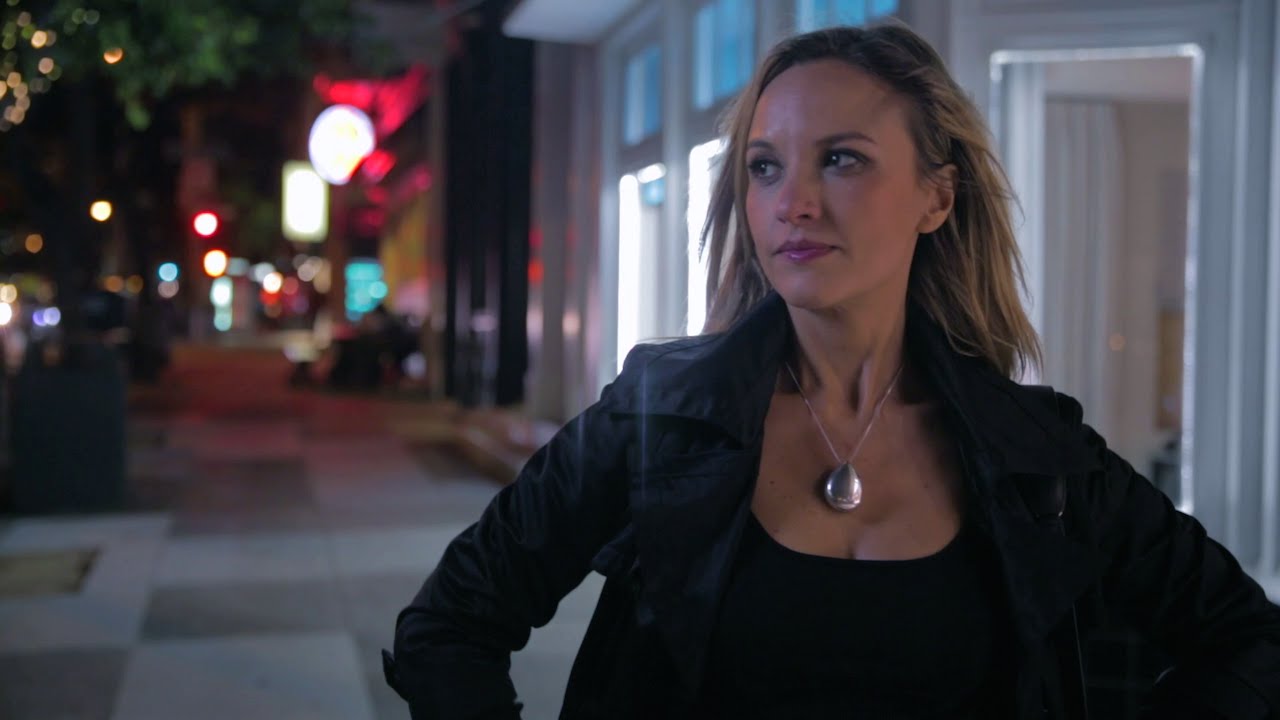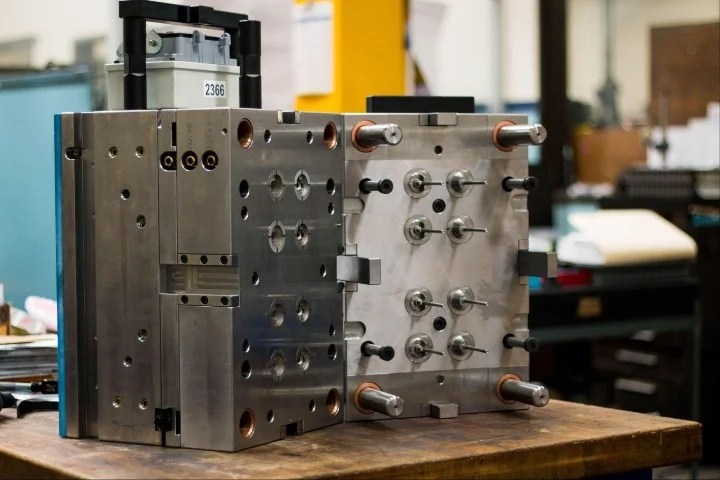Time to read: 2 min
Modern jewelry design can greatly benefit from advances in 3D printing technology. 3D printing can help you reduce material costs, iterate on your jewelry designs more quickly, and assess more accurate models to ultimately make more better pieces.
The two main ways we recommend jewelery designers leverage 3D printing technology are:
- 3D print models of your designs in different plastic materials (low res – high res) to assess form and function
- 3D print patterns to make molds for casting precious metals.
Read on for an overview of the basic principles for each low-volume production method to help you improve your jewelry design process.

1. 3D printing to assess form + function
3D printing can be used in the first phases of jewelry design to iterate on the overall form of the piece. We recommend designers start out with cheaper, lower-resolution plastics like PLA to begin with and as you finalize your designs, move toward higher-resolution materials such as VeroWhite to assess finer details of the design.
2. 3D printing pattern molds
Once you’ve finalized the form of the design, you can you use 3D printing to create a plastic mold for casting precious metals.
The pattern can be printed in any plastic material that can be ‘burnt out’ of the mold leaving no residue and with a very good surface finish; generally we recommend using jeweler’s wax.
A casting house can help guide you through the details of casting patterns, but here are a few design tips to help you create excellent molds:
DESIGN TIPS FOR CAST PARTS
- Avoid sharp edges, notches, and undercuts – these can cause the part to break
- Make changes in section thickness gradual – alternating thick and thin sections can cause porosity
- Small, thin sections cool faster. For optimum casting, your design should look like a tree – wires, lettering, and fine details are the fast cooling ‘leaves’ and should be positioned towards outer edges, thicker sections are the ‘trunk’ and will be the last to cool
- If your design has alternating thick and thin sections, check with an experienced caster to check if it will cast successfully
- Stone settings should be placed in the CAD stage, and 0.2mm tolerance is recommended between stones. Model your stones separately and make holes or depressions for placements
- Include drafts on lettering or raised sections – relief sections need reverse drafts

